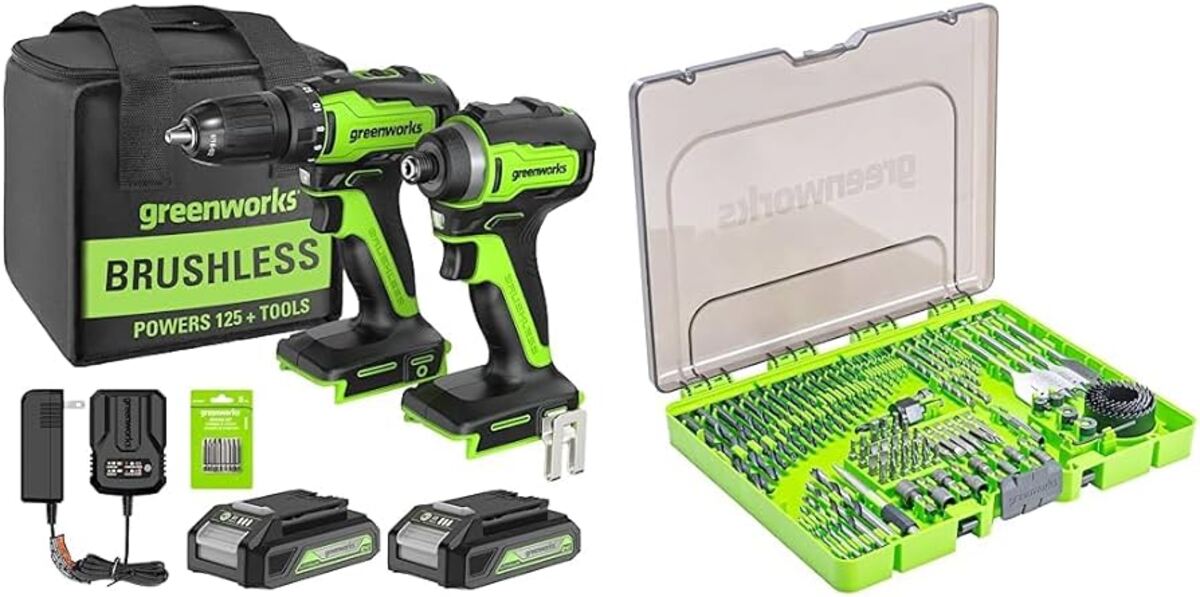

Articles
What Are Brushless Power Tools
Modified: January 21, 2024
Discover the key distinctions between brushless and traditional power tools in our informative articles. Gain insights into their benefits and find out which option suits your needs.
(Many of the links in this article redirect to a specific reviewed product. Your purchase of these products through affiliate links helps to generate commission for Storables.com, at no extra cost. Learn more)
Introduction
Power tools are essential in various industries and DIY projects, providing the convenience and efficiency needed to get tasks done quickly and effectively. Traditional power tools have long relied on brushed motors for their operation. However, in recent years, a new type of power tool has emerged in the market – brushless power tools.
Brushless power tools have gained popularity due to their numerous advantages over their brushed counterparts. They offer improved performance, longer lifespan, and increased efficiency, making them a preferred choice for professionals and enthusiasts alike.
In this article, we will explore the difference in brushless power tools and why they are worth considering. We will delve into their advantages, how they work, their efficiency and power output, lifespan, maintenance, cost, and their applications in various industries.
Whether you’re a professional tradesperson or a DIY enthusiast, understanding the benefits of brushless power tools can help you make informed decisions when it comes to investing in high-quality and reliable tools.
Key Takeaways:
- Brushless power tools offer increased efficiency, higher power output, longer lifespan, reduced maintenance, and improved control. Their advanced electronic system optimizes performance, making them a reliable investment for professionals and enthusiasts.
- Brushless power tools find applications in construction, automotive, woodworking, electrical work, and DIY projects. Their versatility, power, and durability make them essential for various industries, enhancing work efficiency and productivity.
Advantages of Brushless Power Tools
Brushless power tools offer several significant advantages over their brushed counterparts. These advantages make them a preferred choice for professionals and individuals looking for high-performance and efficient tools. Let’s take a closer look at some of the key advantages of brushless power tools:
- Increased Efficiency: One of the main advantages of brushless power tools is their improved efficiency. Unlike brushed power tools, which rely on carbon brushes to deliver power to the motor, brushless power tools use electronic circuitry to control the motor. This allows them to optimize power delivery and minimize energy loss, resulting in higher efficiency and longer battery life.
- Higher Power Output: Brushless power tools are designed to deliver higher power output compared to brushed power tools. The absence of carbon brushes in a brushless motor allows for greater control over the motor’s speed and torque, resulting in increased power output. This means that brushless power tools can handle more demanding tasks and provide a higher level of performance.
- Longer Lifespan: Brushless power tools are known for their longer lifespan compared to brushed power tools. This is primarily due to the absence of carbon brushes, which are prone to wear and tear. By eliminating brushes, brushless power tools experience less friction and heat, resulting in reduced wear on the motor components. As a result, brushless power tools can withstand prolonged use and offer better durability.
- Reduced Maintenance: With brushed power tools, regular maintenance is necessary to replace worn-out carbon brushes. On the other hand, brushless power tools require minimal maintenance. Since there are no brushes to replace, you can focus on using your tools without worrying about frequent maintenance tasks. This not only saves time but also reduces maintenance costs in the long run.
- Improved Control and Safety: Brushless power tools often come equipped with advanced features like electronic speed control and overload protection. These features allow for superior control over the tool’s performance and provide added safety. The electronic speed control ensures consistent power output, even under varying load conditions, while overload protection prevents motor damage due to excessive strain.
- Quieter Operation: Brushless power tools produce less noise compared to brushed power tools. The absence of carbon brushes reduces mechanical friction and vibration, resulting in quieter operation. This is especially beneficial for professionals working in noise-sensitive areas or for individuals who prefer a quieter working environment.
- Compact and Lightweight: Brushless power tools are often designed to be more compact and lightweight compared to brushed power tools. This makes them more ergonomic and easier to handle, reducing user fatigue during prolonged use. The compact size and lighter weight also make brushless power tools more portable, allowing for easier transportation between job sites.
Overall, the advantages of brushless power tools, including increased efficiency, higher power output, longer lifespan, reduced maintenance, improved control and safety, quieter operation, and compactness, make them a reliable and worthwhile investment for professionals and enthusiasts.
How Brushless Power Tools Work
Understanding how brushless power tools work can shed light on their superior performance and efficiency. Unlike brushed power tools, which use carbon brushes to transfer electrical energy to the motor, brushless power tools employ advanced electronic circuitry to control the motor’s operation. Let’s break down the working principle of brushless power tools:
1. Electronic Control Unit (ECU): The key component of a brushless power tool is the Electronic Control Unit (ECU), also known as the motor driver. The ECU interprets signals from the tool’s trigger switch and adjusts the power output accordingly.
2. Permanent Magnet Rotor: Brushless power tools use a permanent magnet rotor instead of the traditional brushed commutator. The rotor consists of a series of permanent magnets arranged in a specific pattern. These magnets create a magnetic field that interacts with the stator.
3. Stator and Windings: The stator is the stationary part of the motor and consists of a series of coil windings. When electrical power is supplied to the motor, the windings produce a rotating magnetic field.
4. Position Sensors: Brushless power tools are equipped with position sensors, typically Hall Effect sensors, to detect the rotor’s position relative to the stator. These sensors provide feedback to the ECU, allowing it to control the motor’s operation accurately.
5. Electronic Commutation: In a brushless motor, the ECU uses the position sensor feedback to determine the rotor’s position. Based on this information, the ECU electronically controls the flow of current through the stator windings in a specific sequence. This sequence of current flow creates a rotating magnetic field that interacts with the permanent magnet rotor, causing it to rotate.
6. Power Supply: Brushless power tools are typically powered by lithium-ion batteries. The ECU regulates the power supplied by the battery, ensuring optimal performance and maximizing battery life.
The combination of electronic commutation, permanent magnet rotor, stator windings, and feedback control enables brushless power tools to deliver precise and efficient operation. By eliminating the need for brushes and a commutator, brushless power tools minimize friction, reduce energy loss, and enhance overall performance.
Moreover, the electronic control provided by the ECU allows for variable speed control and increased torque, resulting in enhanced versatility and power output. This makes brushless power tools capable of handling a wide range of applications, from simple DIY tasks to demanding professional work.
In summary, brushless power tools operate on a sophisticated electronic system that optimizes power delivery and ensures precise control, resulting in improved efficiency, performance, and durability.
Efficiency and Power Output
Efficiency and power output are crucial factors to consider when choosing power tools. Brushless power tools excel in both aspects, offering improved efficiency and higher power output compared to brushed power tools.
Efficiency: The efficiency of a power tool refers to its ability to convert electrical energy into mechanical work effectively, while minimizing energy loss. Brushless power tools are inherently more efficient due to their design and electronic control system.
Traditional brushed power tools transfer power from the electrical source to the motor through carbon brushes and a commutator. This mechanical connection creates friction and generates heat, resulting in energy loss and decreased overall efficiency.
In contrast, brushless power tools utilize electronic circuitry and position sensors to control the flow of current in the stator windings. This precise and accurate control allows for optimized power delivery to the motor, minimizing energy waste. As a result, brushless power tools can operate at higher efficiency levels, ensuring maximum performance and longer battery life.
Power Output: Power output refers to the amount of mechanical work a power tool can deliver. Brushless power tools can provide higher power output compared to brushed power tools of the same size and voltage.
The absence of carbon brushes in brushless power tools allows for greater control over the motor’s speed and torque. The electronic commutation system accurately adjusts the flow of current in the stator windings, optimizing power delivery and maximizing torque output.
Furthermore, brushless power tools often feature advanced control features, such as electronic speed control, that provide variable speed options. This enables users to fine-tune the tool’s performance according to the specific task at hand, further enhancing power output and efficiency.
Overall, the improved efficiency and higher power output of brushless power tools contribute to their superior performance and effectiveness. Whether it’s tackling heavy-duty applications or completing delicate tasks, users can rely on the increased efficiency and power output of brushless power tools to get the job done efficiently and effectively.
When comparing brushless power tools to their brushed counterparts, consider the efficiency and longevity of the brushless motor. Brushless motors have fewer moving parts, reducing wear and increasing overall tool lifespan.
Longer Lifespan and Durability
One of the notable advantages of brushless power tools is their longer lifespan and enhanced durability compared to brushed power tools. The design and construction of brushless power tools contribute to their ability to withstand rigorous usage and provide reliable performance over an extended period.
Elimination of Carbon Brushes: The primary factor that contributes to the longer lifespan of brushless power tools is the elimination of carbon brushes. Brushed power tools rely on carbon brushes to transfer electrical energy to the motor. These brushes experience wear and tear over time and require regular replacement to maintain optimal performance.
In contrast, brushless power tools do not have carbon brushes. Instead, they use electronic circuitry to control the motor’s operation. This design eliminates the need for brushes and significantly reduces the wear and tear associated with them. As a result, brushless power tools experience less friction, heat buildup, and mechanical wear on the motor, leading to a longer lifespan.
Reduced Wear and Tear: The absence of carbon brushes in brushless power tools also reduces wear and tear on other motor components, such as the commutator. Brushed power tools rely on the commutator to reverse the current flow in the armature coil windings, and this constant contact can lead to wear and eventual failure of the commutator.
In brushless power tools, electronic commutation eliminates the need for a commutator, further reducing the potential for wear and failure. This allows brushless motors to operate with greater stability and reliability, resulting in enhanced durability and a longer lifespan.
Heat Dissipation: Brushless power tools are also designed with better heat dissipation capabilities. The electronic control unit (ECU) in brushless power tools monitors the motor’s temperature and adjusts the power output accordingly. This prevents overheating and extends the lifespan of the motor and other critical components.
Furthermore, the efficient power delivery system in brushless power tools generates less heat compared to brushed power tools. This reduces the risk of motor damage due to excessive heat buildup and enhances the overall durability of the tool.
Construction and Materials: Brushless power tools often feature robust construction and high-quality materials. These tools are designed to withstand the demands of professional use and heavy-duty applications. Components such as the motor housing, gears, and bearings are designed to be durable and provide long-lasting performance.
Moreover, brushless power tools typically undergo rigorous quality control processes during manufacturing, ensuring that they meet high industry standards. This attention to detail in construction and materials further enhances the durability and lifespan of brushless power tools.
In summary, brushless power tools offer a longer lifespan and increased durability compared to their brushed counterparts. The elimination of carbon brushes, reduced wear and tear on motor components, efficient heat dissipation, and robust construction all contribute to the reliability and longevity of brushless power tools.
Read more: What’s The Best Batteries For Power Tools
Maintenance and Cost
Brushless power tools not only provide superior performance and durability but also offer advantages in terms of maintenance and cost-effectiveness. Understanding the maintenance requirements and long-term cost implications can help you make informed decisions when investing in power tools.
Maintenance: When it comes to maintenance, brushless power tools have a significant advantage over brushed power tools. Brushed power tools require regular maintenance, such as replacing worn-out carbon brushes. These brushes can wear down over time, affecting the tool’s performance and efficiency.
On the other hand, brushless power tools do not have carbon brushes, eliminating the need for this specific maintenance task. As a result, brushless power tools require less frequent maintenance and reduce the time and effort spent on replacing brushes. This allows users to focus more on the task at hand and less on tool maintenance.
However, it is still important to perform routine maintenance, such as cleaning the tool and inspecting for any signs of wear or damage. Regularly checking the motor, battery, and other components will help ensure optimal performance and prolong the tool’s lifespan.
Cost-Efficiency: While brushless power tools may initially have a higher upfront cost compared to brushed power tools, they can be more cost-effective in the long run. Here’s why:
Energy Efficiency: Brushless power tools are known for their energy efficiency. The electronic control system allows for precise power delivery and minimizes energy loss, resulting in longer battery life. This means you can accomplish more tasks on a single charge, reducing the need for frequent battery replacements and saving on battery costs over time.
Longevity: Due to their superior construction and design, brushless power tools typically have a longer lifespan than brushed power tools. They are built to withstand heavy-duty use and are less prone to mechanical wear and tear. This means you’ll spend less on repair or replacement costs, making brushless power tools a cost-effective investment in the long term.
Reduced Maintenance Costs: As mentioned earlier, brushless power tools have lower maintenance requirements compared to brushed power tools. Without the need to replace carbon brushes, you’ll save on the cost of purchasing new brushes and the time spent on labor-intensive maintenance tasks.
Increased Productivity: Brushless power tools are designed to provide higher power output and better performance. This enhanced productivity can result in completing tasks more efficiently, saving you time and potentially increasing your earning potential.
While brushless power tools may have a higher initial investment, their long-term cost-effectiveness, energy efficiency, longevity, and reduced maintenance costs make them a worthwhile choice for both professionals and DIY enthusiasts.
It’s important to consider your specific needs and budget when deciding between brushed and brushless power tools. Assessing the long-term cost benefits, factoring in the reduced maintenance and increased productivity, can help you make a well-informed decision.
Applications of Brushless Power Tools
Brushless power tools have a wide range of applications and are suitable for various industries. Their superior performance, efficiency, and durability make them an ideal choice for professionals and DIY enthusiasts who require reliable and high-performing tools. Let’s explore some of the common applications of brushless power tools:
- Construction and Carpentry: Brushless power tools excel in construction and carpentry work. The high power output and torque of brushless drills, impact drivers, and circular saws enable professionals to tackle demanding tasks, such as drilling through tough materials and cutting through thick lumber. Brushless power tools are also well-suited for tasks such as framing, decking, and interior finish work.
- Automotive and Mechanical Work: Brushless power tools are widely used in the automotive industry and mechanical workshops. Their versatility and power make them ideal for tasks such as removing and installing bolts, nuts, and fasteners. Brushless impact wrenches, ratchets, and drills are commonly used for automotive repairs, maintenance, and assembly work.
- Plumbing and HVAC: Professionals in the plumbing and HVAC industries benefit from brushless power tools’ reliability and efficiency. Cordless brushless drills and drivers are commonly used for installing pipes, fastening brackets, and performing various plumbing and HVAC tasks. The compact size and portability of brushless power tools make them ideal for working in tight spaces often found in residential and commercial buildings.
- Woodworking and Cabinetry: Whether you’re a professional woodworker or a DIY enthusiast, brushless power tools are invaluable for woodworking projects. Brushless routers, sanders, and jigsaws offer precision and control, allowing for smooth cuts and fine finishing. The long battery life of brushless power tools ensures uninterrupted work during intricate woodworking tasks.
- Electrical Work: Brushless power tools are increasingly used in the electrical industry for installing electrical components, wiring, and performing electrical maintenance work. Cordless brushless drills and impact drivers are essential for drilling holes, driving screws, and securing electrical fixtures. The precise control offered by brushless power tools reduces the risk of damaging delicate electrical components.
- DIY Projects and Home Improvements: Brushless power tools are not limited to professionals; they are also ideal for DIY enthusiasts and homeowners. Whether it’s building furniture, installing shelves, or renovating your home, brushless power tools provide the necessary power, control, and efficiency to tackle a wide range of DIY projects.
- Landscaping and Outdoor Work: Brushless power tools, such as cordless trimmers, blowers, and chainsaws, are becoming popular choices for landscaping and outdoor maintenance work. The cordless design and high-performance capabilities allow professionals and homeowners to maintain lawns, trim hedges, clear debris, and perform various outdoor tasks with ease.
The applications of brushless power tools are vast and diverse, covering multiple industries and tasks. Whether it’s heavy-duty construction work, precision woodworking, electrical installations, or everyday DIY projects, brushless power tools provide the power, efficiency, and durability needed to get the job done efficiently and effectively.
Conclusion
Brushless power tools have revolutionized the world of power tools, offering significant advantages over their brushed counterparts. These innovative tools provide professionals and DIY enthusiasts with superior performance, efficiency, and durability, making them a worthwhile investment for a wide range of applications.
Throughout this article, we have explored the advantages of brushless power tools, including their increased efficiency and higher power output. The electronic control system of brushless power tools optimizes power delivery, resulting in improved performance and longer battery life. This allows users to tackle demanding tasks with ease and complete projects more efficiently.
Brushless power tools also have a longer lifespan and enhanced durability due to the elimination of carbon brushes and the reduced wear and tear on motor components. With less maintenance required, users can focus more on their work and less on the upkeep of the tools.
Moreover, brushless power tools find applications in various industries, from construction and carpentry to plumbing, electrical work, and DIY projects. Their versatility, power, and precision make them essential tools for professionals in these fields, as well as for homeowners looking to complete home improvement projects with ease.
While the upfront cost of brushless power tools may be slightly higher than their brushed counterparts, their long-term cost-effectiveness cannot be ignored. With reduced maintenance costs, energy efficiency, increased productivity, and a longer lifespan, brushless power tools prove to be a wise investment in the long run.
In conclusion, brushless power tools have revolutionized the power tool industry with their superior performance, efficiency, durability, and versatility. Whether you’re a professional tradesperson or a DIY enthusiast, choosing brushless power tools can significantly enhance your work efficiency, productivity, and overall experience. So, make the switch to brushless power tools and experience the power of innovation firsthand!
Frequently Asked Questions about What Are Brushless Power Tools
Was this page helpful?
At Storables.com, we guarantee accurate and reliable information. Our content, validated by Expert Board Contributors, is crafted following stringent Editorial Policies. We're committed to providing you with well-researched, expert-backed insights for all your informational needs.
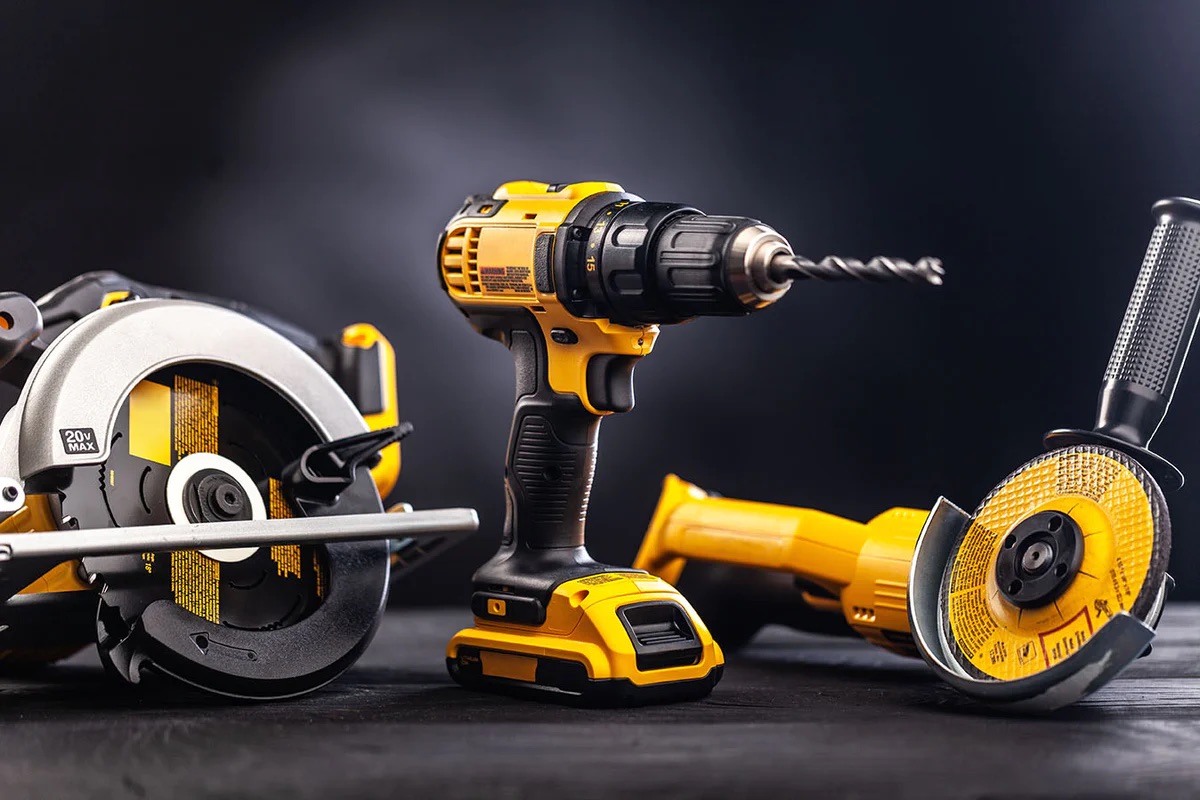
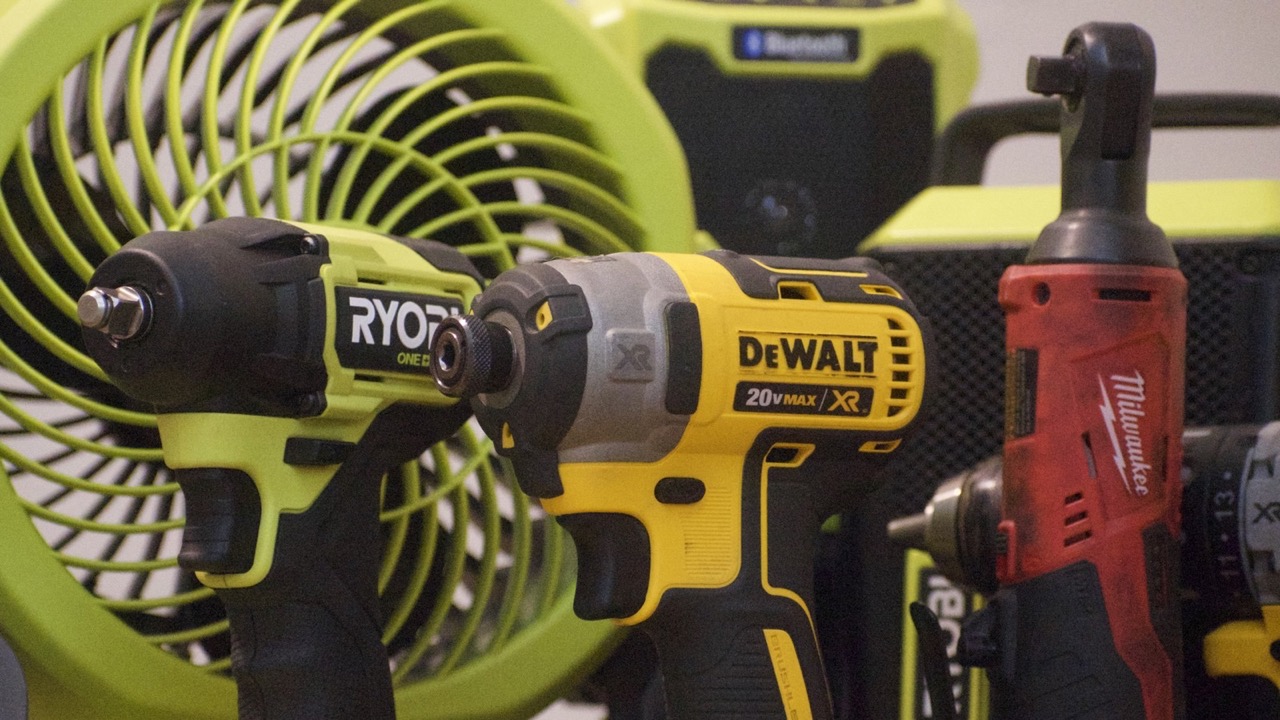
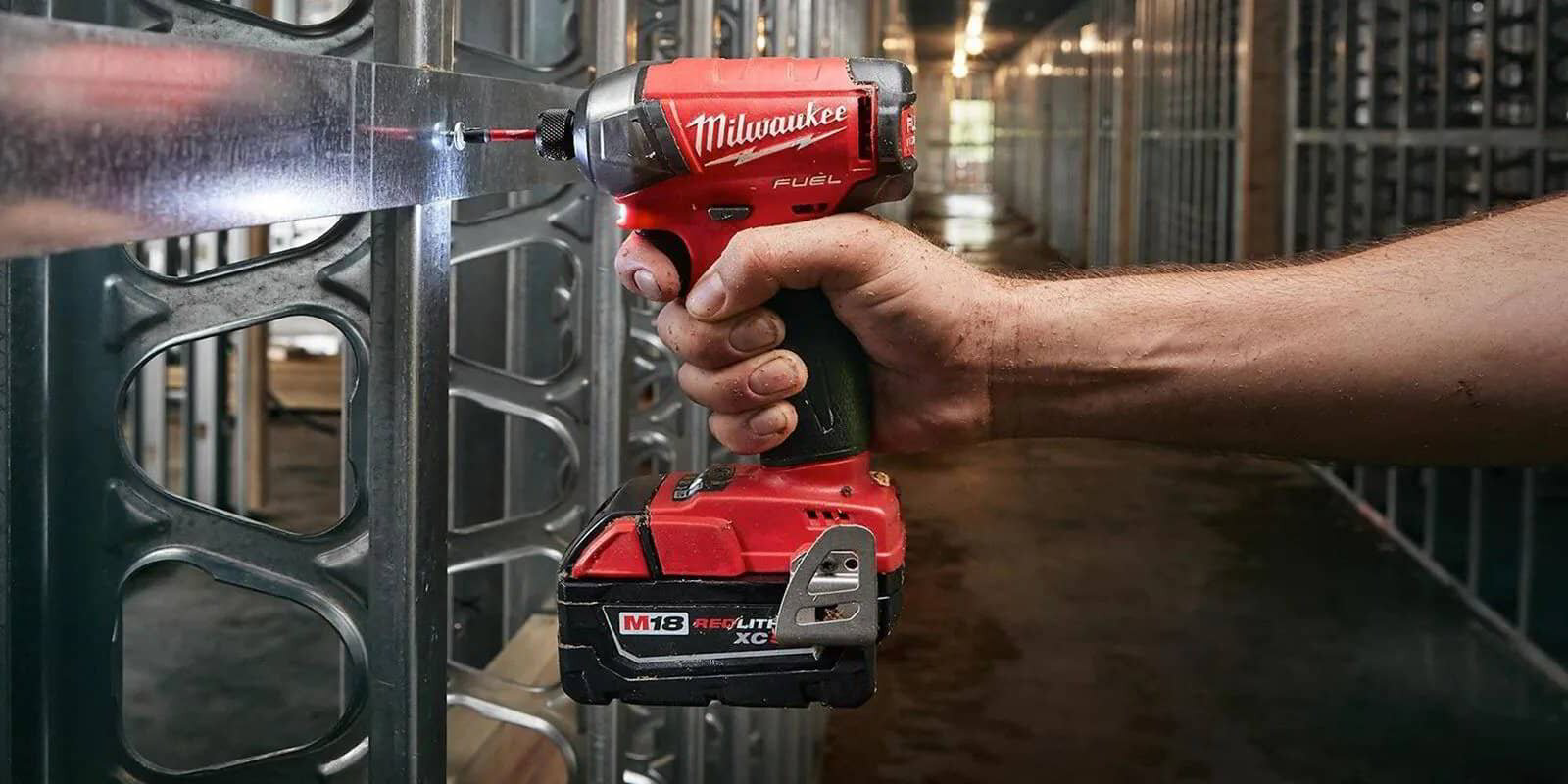
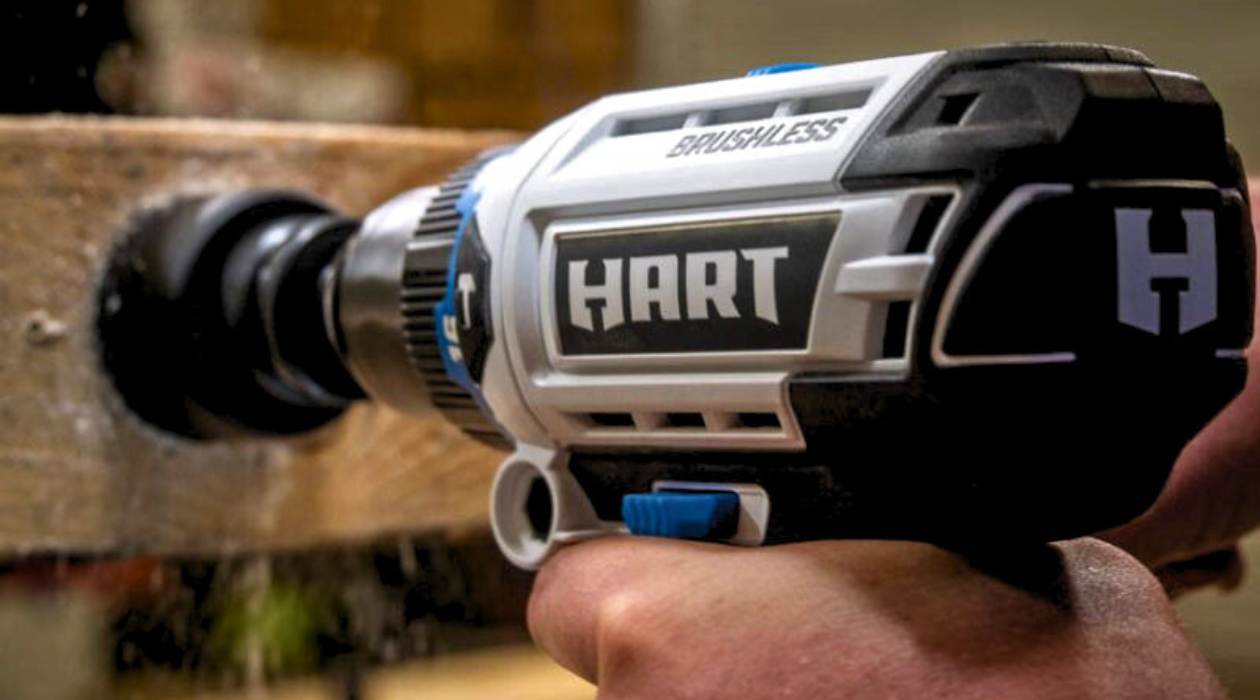

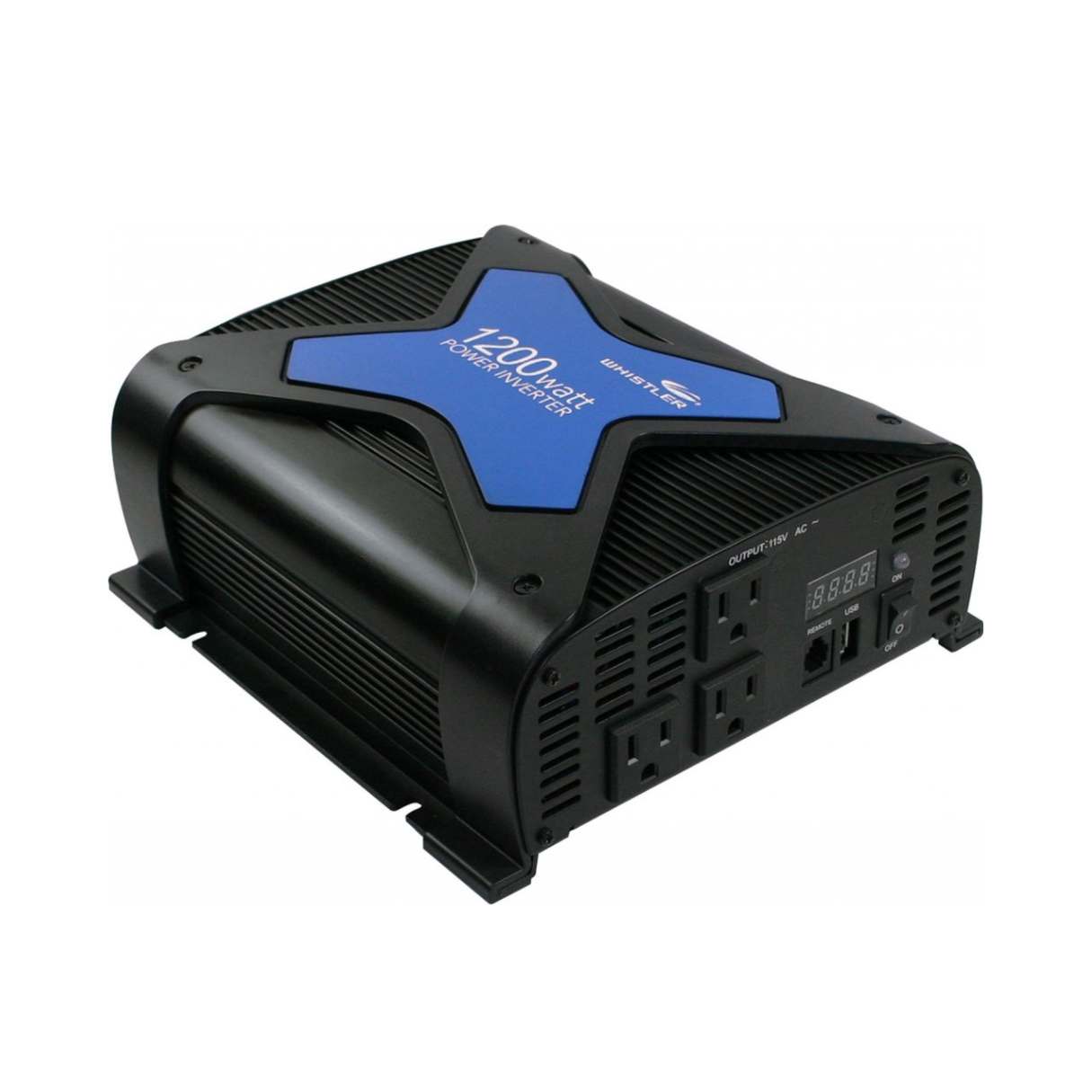

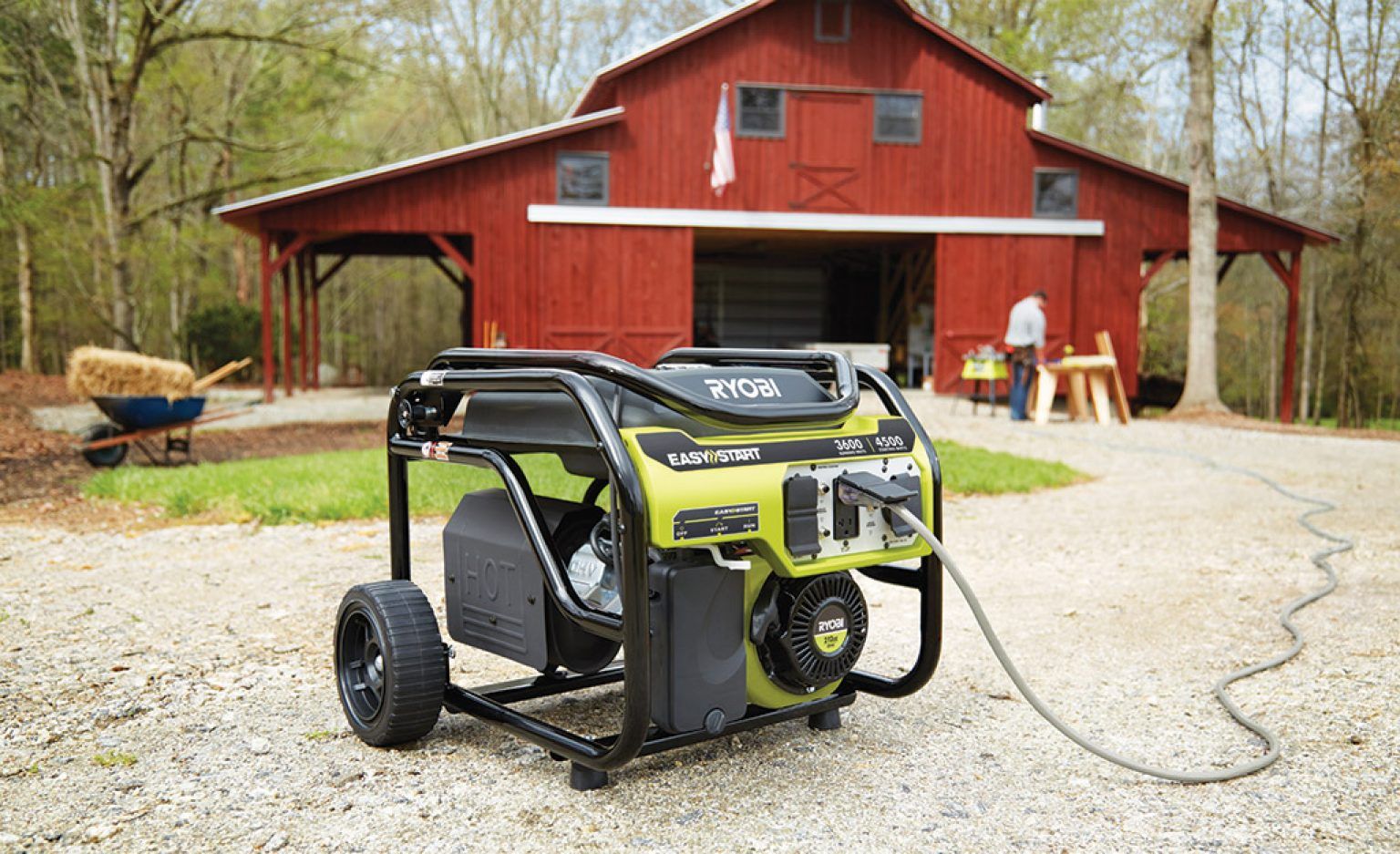
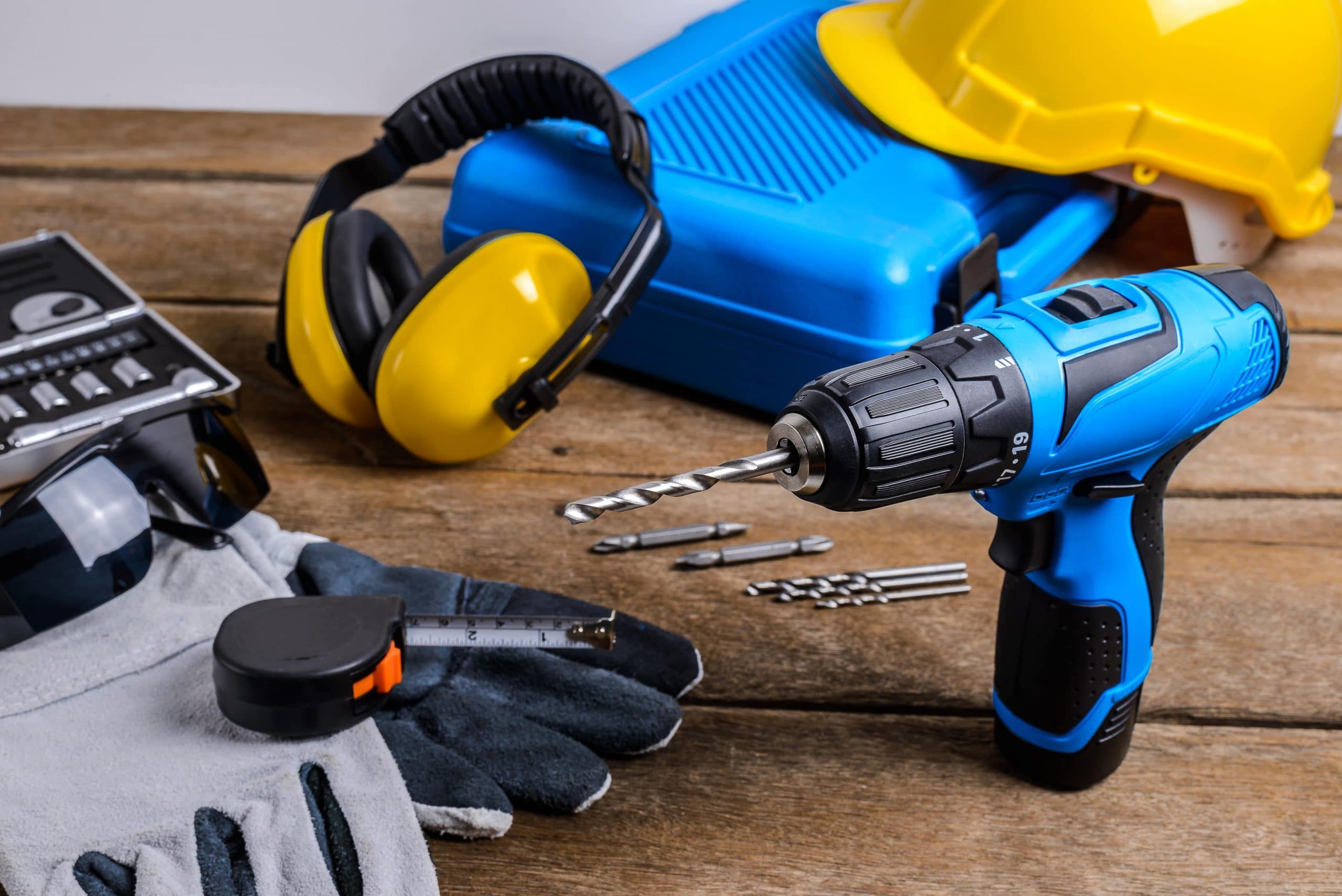
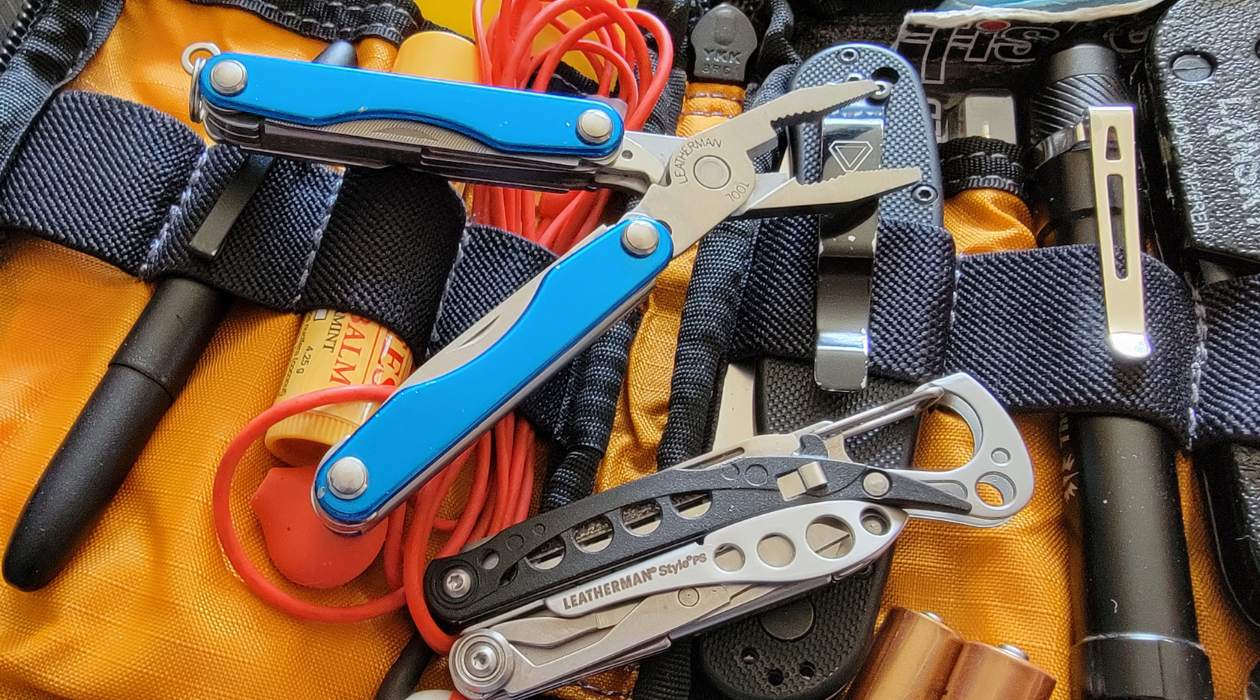
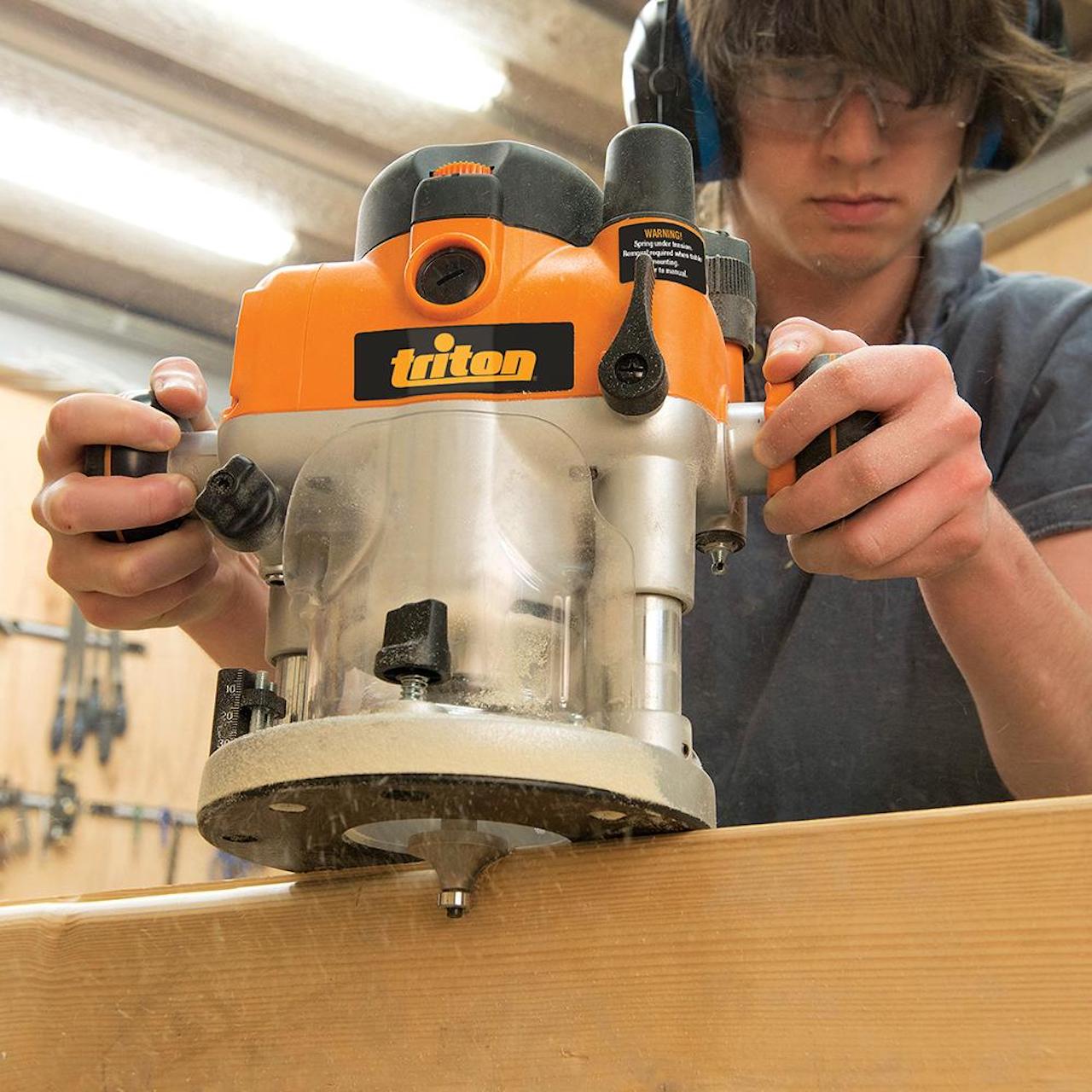
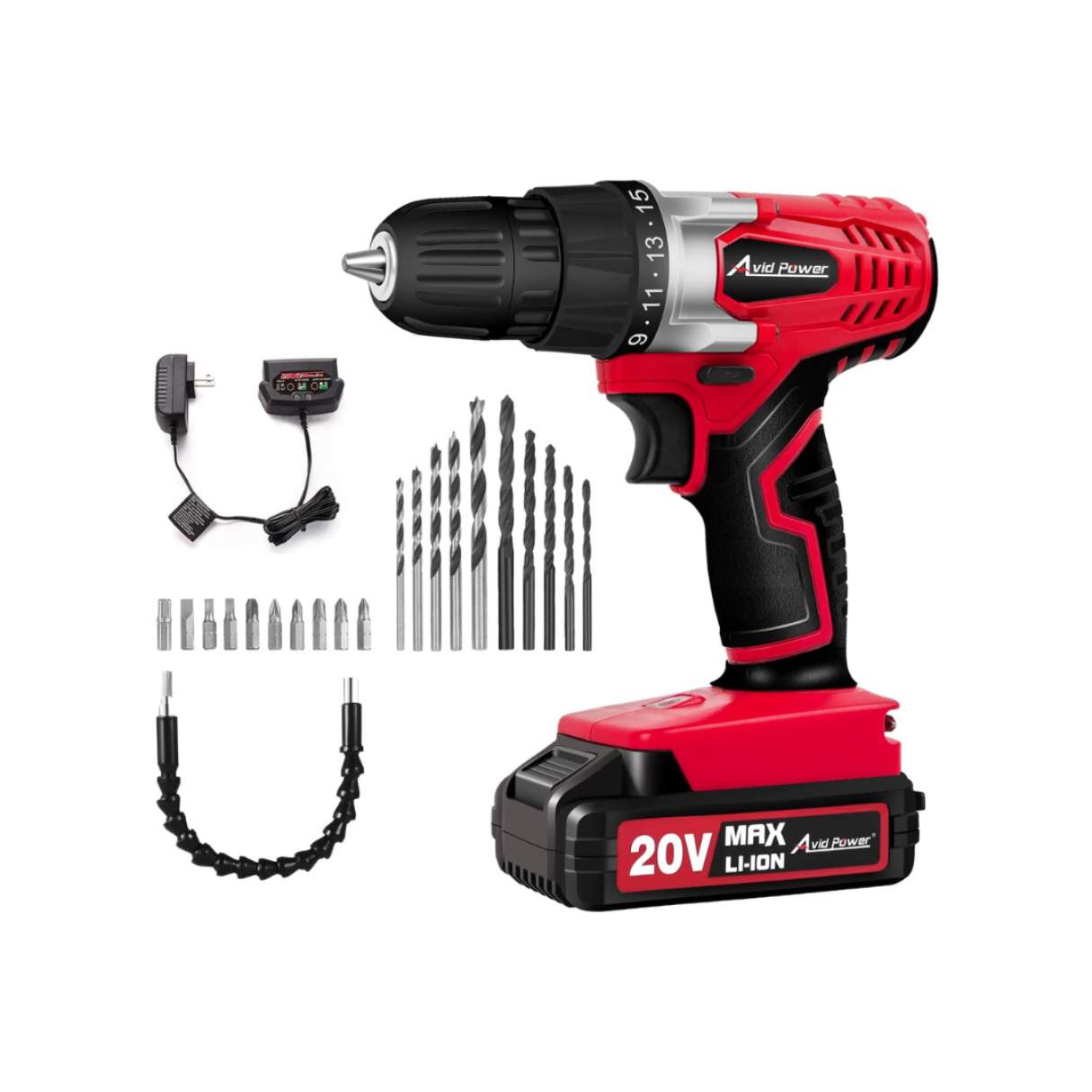
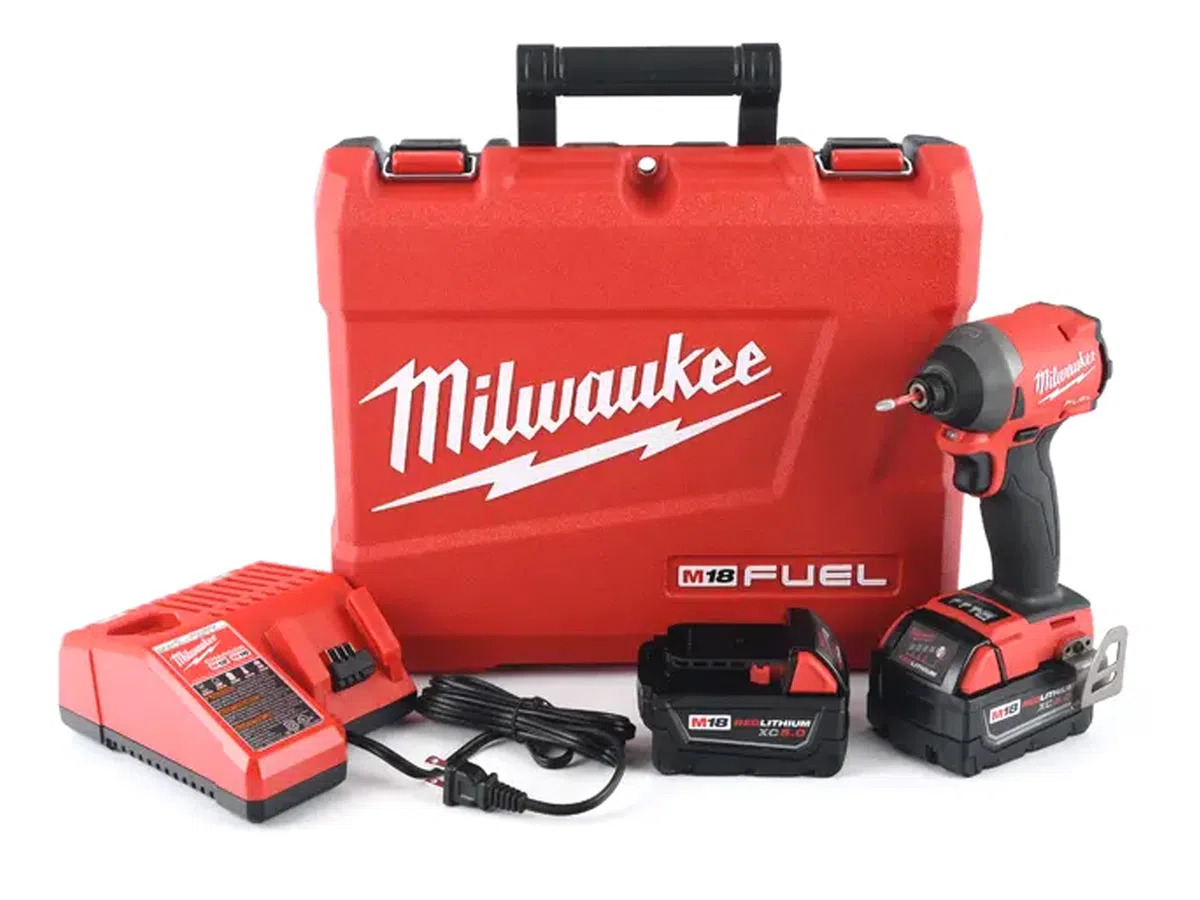
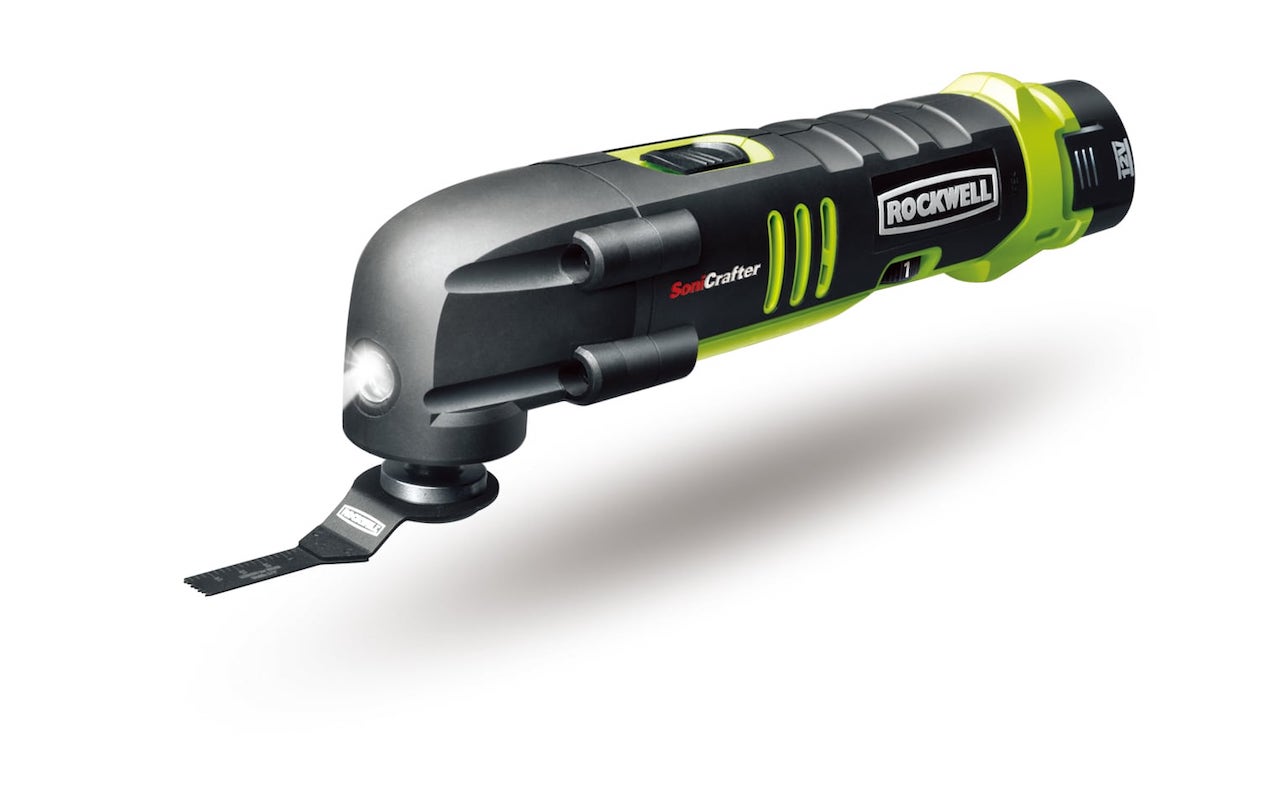

0 thoughts on “What Are Brushless Power Tools”